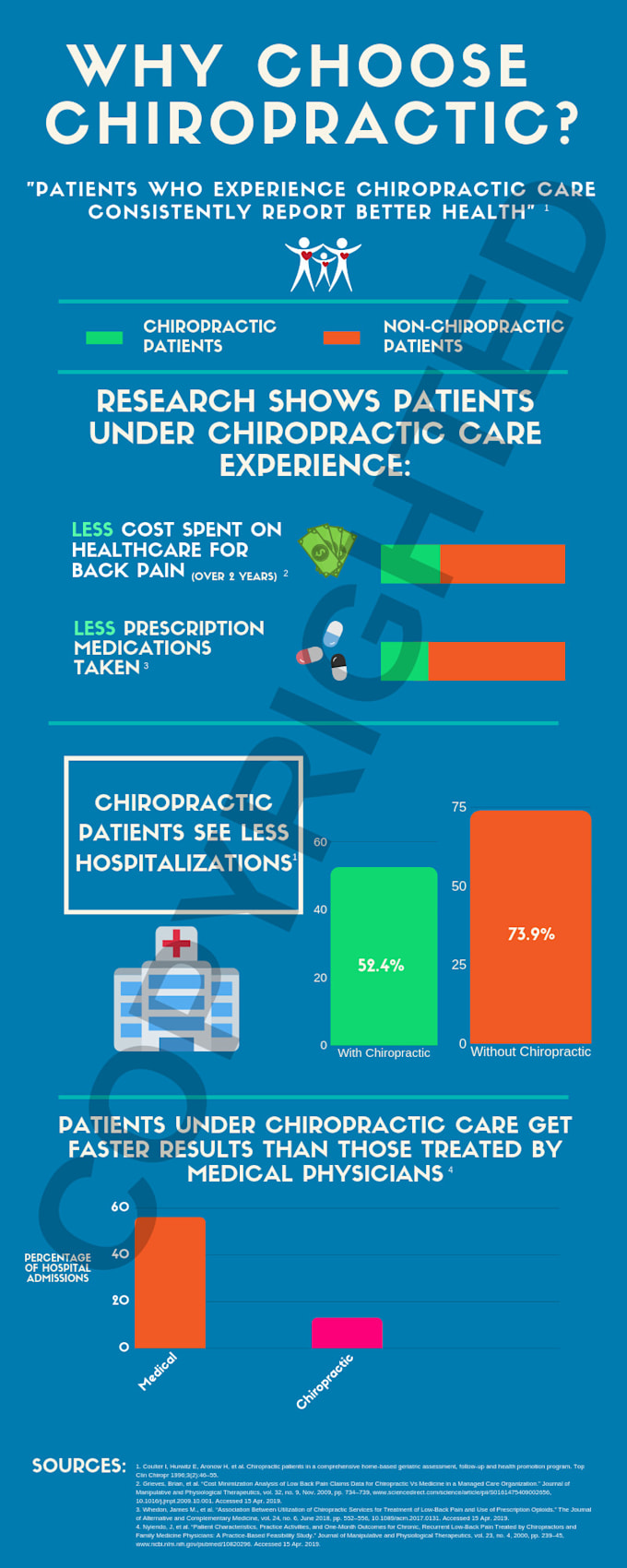Dental Braces On Your Own For An Expedition Right Into The Exciting Cellular Interactions Of Cold Laser Treatment And Its Application Of Light As A Recovery Device. Take A Deeper Study The Clinical Facets!
Dental Braces On Your Own For An Expedition Right Into The Exciting Cellular Interactions Of Cold Laser Treatment And Its Application Of Light As A Recovery Device. Take A Deeper Study The Clinical Facets!
Blog Article
Write-Up By-Rush Hanna
You may have come across cold laser treatment as an encouraging therapy alternative for various conditions, however have you ever asked yourself how it in fact services a mobile level? Understanding the systems behind this treatment can clarify its effectiveness in advertising recovery and minimizing inflammation. By exploring the science behind cold laser treatment, you'll get insights right into the fascinating ways in which light can influence mobile processes and assist in tissue repair service.
Just How Cold Laser Treatment Works
To understand exactly how cold laser therapy functions, you need to understand the essential concepts of how light energy connects with biological cells. Cold laser therapy, likewise called low-level laser treatment (LLLT), utilizes details wavelengths of light to permeate the skin and target hidden tissues. Unlike the intense lasers utilized in operations, cold lasers give off low degrees of light that do not create warm or trigger damage to the tissues.
When these gentle light waves get to the cells, they're soaked up by parts called chromophores, such as cytochrome c oxidase in mitochondria. This absorption causes a collection of biological actions, including increased mobile energy manufacturing and the release of nitric oxide, which enhances blood flow and reduces inflammation.
In addition, the light power can also promote the manufacturing of adenosine triphosphate (ATP), the energy money of cells, assisting in cellular repair and regrowth procedures.
Essentially, cold laser therapy harnesses the power of light energy to promote recovery and ease pain in a non-invasive and mild way.
Devices of Activity
How does cold laser therapy really work to generate its therapeutic results on biological tissues?
visit the following site , also called low-level laser treatment (LLLT), runs with a process referred to as photobiomodulation. When the cold laser is put on the skin, the light energy penetrates the cells and is absorbed by chromophores within the cells.
These chromophores, such as cytochrome c oxidase in the mitochondria, are then boosted by the light power, leading to a cascade of biological responses. https://chiropractornearmeopennow06273.atualblog.com/33873693/benefits-of-cold-laser-treatment-you-need-to-know-in-2024 of action is the improvement of cellular metabolic rate.
The absorbed light power enhances ATP manufacturing in the mitochondria, which is crucial for cellular feature and repair work. Furthermore, cold laser therapy aids to decrease swelling by inhibiting inflammatory moderators and promoting the launch of anti-inflammatory cytokines.
This anti-inflammatory impact adds to pain alleviation and tissue recovery.
Restorative Effects
Comprehending the healing impacts of cold laser therapy includes acknowledging how the improved mobile metabolic rate and anti-inflammatory residential or commercial properties contribute to its favorable outcomes on biological tissues.
When the cold laser is related to the affected area, it boosts the mitochondria within the cells, resulting in raised manufacturing of adenosine triphosphate (ATP), which is essential for mobile function and fixing. This increase in mobile power increases the healing procedure by advertising cells regrowth and reducing inflammation.
In addition, the anti-inflammatory residential properties of cold laser therapy help to reduce discomfort and swelling in the targeted area. By hindering inflammatory conciliators and advertising the release of anti-inflammatory cytokines, cold laser treatment aids in alleviating discomfort and improving the total healing reaction.
This decrease in inflammation not just offers prompt relief but also sustains long-term tissue repair service.
Final thought
Finally, cold laser therapy works by boosting mobile fixing and tissue regrowth through photobiomodulation. Its anti-inflammatory properties supply pain relief and reduce swelling by hindering inflammatory moderators.
This therapy offers a comprehensive strategy to recovery, providing both instant relief and long-lasting cells fixing advantages.
With its systems of activity, cold laser treatment confirms to be an efficient and encouraging therapy choice for a selection of problems.
